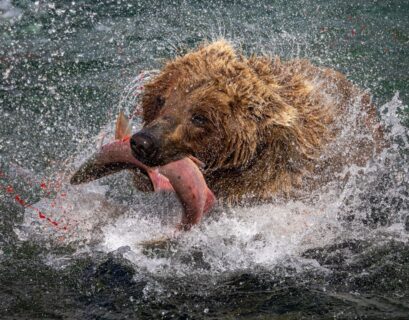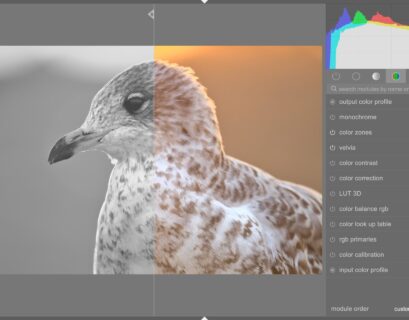Capturing sharp images of fast-moving wildlife is one of the most exhilarating yet challenging aspects of wildlife photography. Whether you’re photographing birds in flight or mammals on the run, getting that perfect shot requires a combination of the right gear, settings, and techniques. Here’s how you can achieve sharp focus on fast-moving wildlife.
Choose the Right Autofocus Mode
Using the correct autofocus (AF) mode is crucial when photographing fast-moving wildlife. Continuous autofocus (AI Servo for Canon, AF-C for Nikon) is designed to track moving subjects and continuously adjust focus as the animal moves. This mode is essential for keeping your subject sharp even when it’s rapidly changing positions.
Select the Appropriate AF Points
Utilizing dynamic or group-area AF points helps your camera maintain focus on a moving subject. These settings allow the camera to use multiple focus points around your selected point to track the animal, providing more flexibility and accuracy. Experiment with different AF area modes to find what works best for your specific situation.
Fast Shutter Speed is Key
A fast shutter speed is paramount to freezing motion and achieving sharp images. Aim for a shutter speed of at least 1/1000 of a second. For very fast subjects, like birds in flight, consider going up to 1/2000 or 1/4000 of a second. This setting ensures that the rapid movements of the animal are captured without blur.
Use Burst Mode
Shooting in burst mode (continuous shooting) allows you to capture multiple frames per second, increasing your chances of getting a perfectly focused shot. Wildlife movements are often unpredictable, and burst mode helps you capture the action in a sequence, giving you more options to choose from during post-processing.
Pre-Focus on Anticipated Paths
If you can anticipate the path your subject will take, pre-focusing on that area can help you achieve sharp focus. This technique works well when photographing animals that follow predictable patterns, such as birds approaching a feeding area or animals moving along a trail. Pre-focusing reduces the lag time of autofocus and ensures the subject is in focus when it reaches the pre-determined spot.
Optimize Your ISO Setting
In wildlife photography, lighting conditions can change rapidly. Adjusting your ISO to higher settings (such as 800 or 1600) allows you to maintain a fast shutter speed even in low-light situations. While higher ISO settings can introduce noise, modern cameras manage noise well, and it’s a trade-off worth making to achieve sharp images.
Use a Telephoto Lens
A telephoto lens (with a focal length of 300mm or more) is essential for photographing fast-moving wildlife from a distance. These lenses allow you to get close-up shots without disturbing the animal. However, they also have a narrow depth of field, so precise focusing is critical. Use lenses with fast and accurate autofocus capabilities to enhance your chances of capturing sharp images.
Stabilize Your Camera
Using a tripod or monopod can help stabilize your camera, reducing camera shake and ensuring sharper images. For handheld shots, consider lenses or cameras with built-in image stabilization (IS) or vibration reduction (VR). These features can significantly improve image sharpness, especially when using long lenses.
Track and Pan with Your Subject
Panning is a technique where you move your camera along with the moving subject, maintaining focus and capturing the movement smoothly. Practice following the subject with your camera, keeping it in the viewfinder and adjusting your focus as it moves. Panning helps create dynamic images that convey a sense of motion while keeping the subject sharp.
Practice Makes Perfect
Achieving sharp focus on fast-moving wildlife takes practice. Spend time photographing subjects that mimic wildlife movements, such as pets, cars, or athletes. This practice helps you become familiar with your camera’s autofocus system and your ability to track moving subjects effectively.
Conclusion
Capturing sharp images of fast-moving wildlife is a challenging but rewarding aspect of wildlife photography. By choosing the right autofocus settings, using a fast shutter speed, and practicing techniques like panning and pre-focusing, you can significantly improve your chances of getting sharp, clear images. Remember, patience and persistence are key. With time and practice, you’ll be able to master the art of photographing fast-moving wildlife with precision and clarity. Happy shooting!









